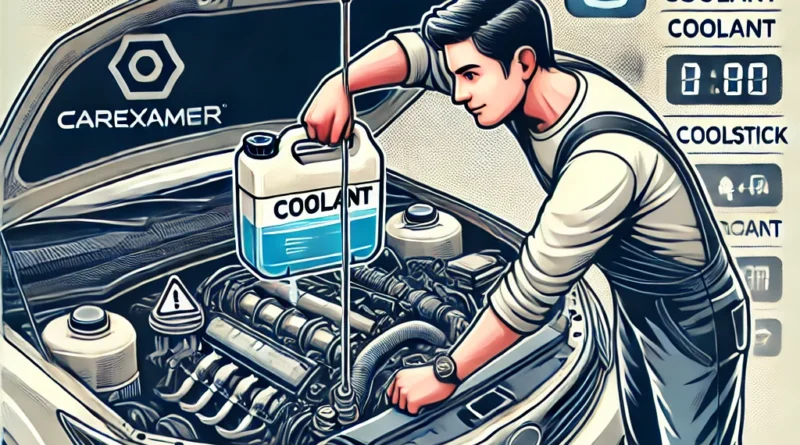Guide How to Check Engine Coolant
Here’s a comprehensive guide on how to check your engine coolant. Maintaining the right level of engine coolant is crucial for your vehicle’s performance and longevity. The engine coolant, also known as antifreeze, helps regulate your engine’s temperature, preventing it from overheating or freezing. Regularly checking your coolant levels can help you avoid potential engine damage and ensure your car runs smoothly.
Step 1: Park Your Vehicle on a Level Surface
Before you start, make sure your car is parked on a level surface and the engine is completely cool. Checking the coolant level when the engine is hot can be dangerous, as the coolant system is pressurized and can cause burns if opened.
Step 2: Locate the Coolant Reservoir
Pop the hood of your car and locate the coolant reservoir. It’s usually a translucent plastic tank near the radiator, often labeled with “coolant” or a similar term. The coolant is typically colored green, orange, or yellow, making it easy to identify.
Step 3: Check the Coolant Level
On the side of the coolant reservoir, you’ll see markings that indicate the minimum and maximum levels. The coolant should be between these two marks. If the level is below the minimum mark, you’ll need to top it up.
Step 4: Inspect the Coolant Quality
Take a look at the coolant itself. It should be clear and free of debris. If the coolant appears rusty, murky, or has particles floating in it, it might be time for a coolant flush, which is usually best performed by a professional.
Step 5: Add Coolant if Necessary
If your coolant level is low, you’ll need to add more. Make sure to use the correct type of coolant for your vehicle, as specified in your owner’s manual. Slowly add the coolant until it reaches the maximum level mark on the reservoir.
Step 6: Secure the Reservoir Cap
After topping up the coolant, securely fasten the cap on the reservoir. This is crucial to ensure that the coolant system is sealed and can function properly.
Step 7: Monitor Coolant Levels Regularly
It’s good practice to check your coolant levels regularly, especially before long trips or during extreme weather conditions. Consistent monitoring can help you spot any potential leaks or issues early on.
When to Seek Professional Help
If you find yourself frequently topping up the coolant, or if the engine is still overheating despite adequate coolant levels, it could indicate a more serious issue, such as a leak in the coolant system or a malfunctioning radiator, thermostat. In such cases, it’s best to consult a mechanic.
Conclusion
Checking your engine coolant is a simple yet essential task that can save you from costly repairs and keep your engine running smoothly. By following these steps, you can ensure that your vehicle stays in optimal condition, regardless of the weather conditions or how far you plan to drive. Regular maintenance is key to extending the life of your car and preventing unexpected breakdowns.
Buying a used VW. Buying used vauxhall, BMW, Jaguar, Ford, Volvo, Range rover, Bentley, Aston Martin, Porsche, Ferrari, Lamborghini, Maserati, Hyundai, Tesla, Honda, Pagani

